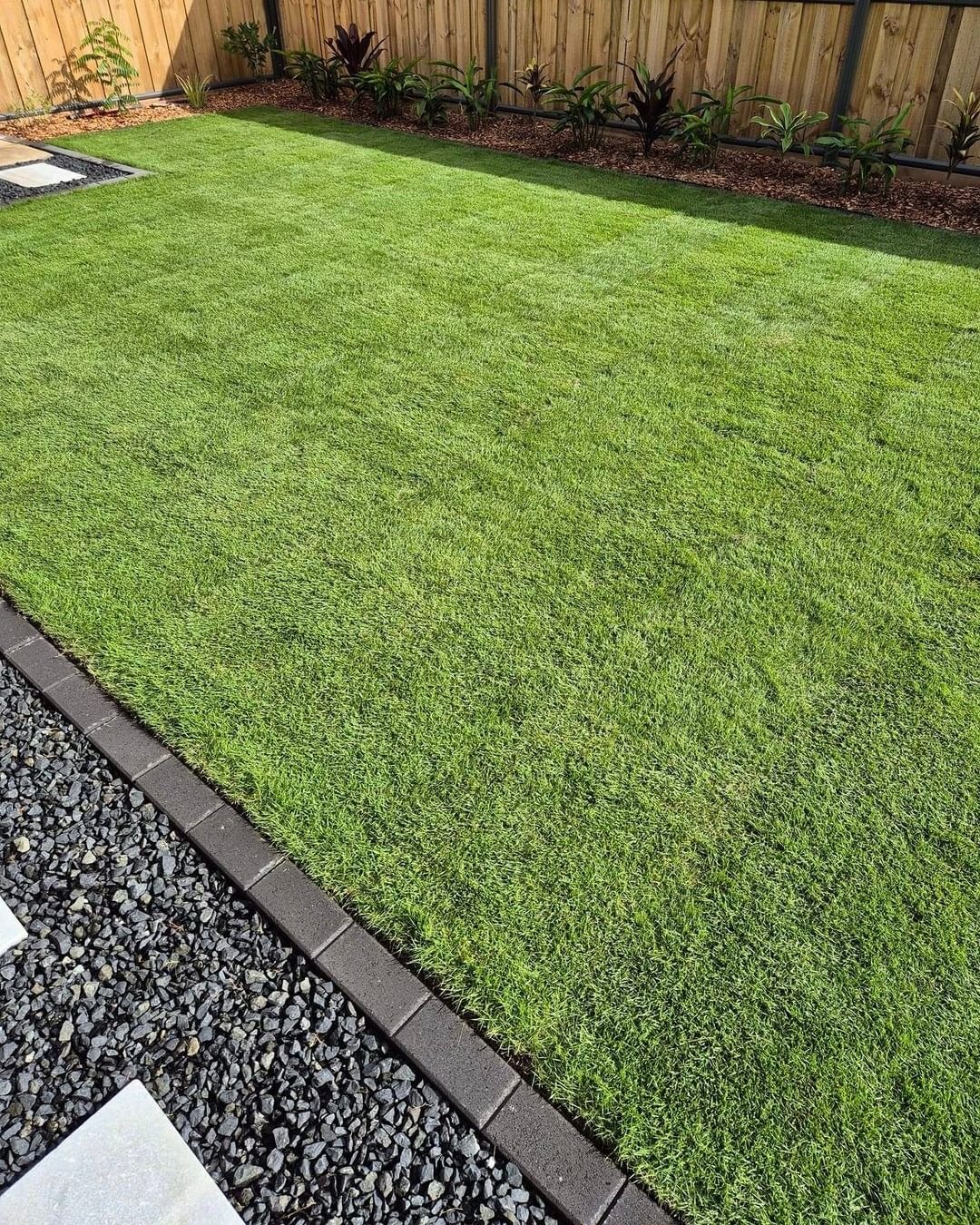Discover the ultimate beginner’s guide to creating a lush, low-maintenance zoysia grass lawn. From choosing the right variety to proper planting, mowing and care, this step-by-step guide covers everything you need for a beautiful, thriving zoysia lawn.
Are you considering switching to a zoysia grass lawn but feeling overwhelmed by the process? Look no further! This comprehensive guide will walk you through each step, from selecting the right zoysia variety to establishing and maintaining a healthy, beautiful lawn. By the end, you’ll have the confidence to transform your outdoor space into a lush, low-maintenance oasis.
here’s a short information chart about Zoysia Grass:
| Attribute | Information |
|---|---|
| Botanical Name | Zoysia spp. |
| Common Name | Zoysia Grass |
| Plant Type | Warm-season perennial grass |
| Zones | 5-10 (depending on the variety) |
| Sun Exposure | Full sun |
| Soil Type | Well-drained soil |
| Watering | Drought tolerant once established, moderate watering during establishment |
| Growth Habit | Dense, spreading |
| Height/Spread | Height: 1-2 inches (mowed), Spread: Variable, depending on variety |
| Special Features | Drought tolerance, heat resistance, slow-growing, requires less mowing |
Understanding Zoysia Grass

Before we dive into the nitty-gritty of growing zoysia grass, let’s first understand what makes it a popular choice for lawns.
Zoysia grass is a warm-season grass known for its dense, carpet-like texture and excellent heat and drought tolerance. It’s a resilient option that can thrive in various soil types and climates, making it a favorite among homeowners across the United States.
There are several varieties of zoysia grass, each with its unique characteristics. Some of the most common types include:
- Emerald Zoysia: A fine-bladed variety with a lush, green appearance.
- Meyer Zoysia: A medium-textured grass with good wear tolerance.
- Palisades Zoysia: A coarse-bladed variety that establishes quickly.
- Empire Zoysia: A fine-bladed, dense grass with excellent shade tolerance.
Choosing the right variety for your lawn will depend on factors such as your climate, soil type and intended use (e.g., high-traffic areas).
Step 1: Prepare the Soil
Proper soil preparation is crucial for establishing a healthy zoysia lawn. Here’s what you need to do:
- Test your soil: Use a soil test kit or send a sample to your local cooperative extension office to determine the pH level and nutrient content. Zoysia grass thrives in slightly acidic soil with a pH between 6.0 and 6.5.
- Remove existing vegetation: If you’re converting an existing lawn, you’ll need to kill off the old grass and weeds. This can be done using a non-selective herbicide or by physically removing the vegetation.
- Till the soil: Once the area is clear, till the soil to a depth of 4-6 inches. This will help break up any compaction and create a smooth, even surface for planting.
- Amend the soil: Based on your soil test results, amend the soil with the appropriate amounts of compost, sand or other recommended amendments to improve drainage and fertility.
Step 2: Choose Your Planting Method
There are two primary methods for establishing a zoysia lawn: sod or plugs. Each has its pros and cons, so consider your budget, timeline and personal preferences.
Sod
- Pros: Instant lawn, no need to wait for grass to establish.
- Cons: More expensive, requires specialized equipment for installation.
Plugs
- Pros: More cost-effective, can be planted by hand.
- Cons: Longer establishment period, potential for uneven growth.
Whichever method you choose, make sure to follow the recommended planting instructions for your specific zoysia variety.
Step 3: Plant Your Zoysia Grass
If you’re using sod, schedule your installation with a professional sod company or rent a sod cutter if doing it yourself. Ensure the soil is properly prepared and moistened before laying the sod.
For plugs, you’ll need to space them evenly across the prepared area, typically 6-12 inches apart. Water the plugs immediately after planting and keep the soil consistently moist during the establishment period.
Step 4: Watering and Fertilizing
Proper watering and fertilization are essential for establishing and maintaining a healthy zoysia lawn.
Watering
- During establishment (first 4-6 weeks): Water daily, keeping the soil moist but not saturated.
- After establishment: Water deeply (1-2 inches) when the grass starts to show signs of drought stress, such as a dull color or wilting.
Fertilizing
- Apply a balanced fertilizer (e.g., 16-16-16) at the recommended rate for your specific variety.
- Fertilize in early spring, just before the growing season begins, and again in late summer or early fall.
- Follow any additional fertilizer recommendations based on your soil test results.
Step 5: Mowing and Maintenance
Proper mowing and maintenance practices will help keep your zoysia lawn looking its best.
Mowing
- Maintain a mowing height of 1-2 inches for optimal health and density.
- Use a sharp mower blade to prevent tearing the grass blades.
- Avoid mowing during periods of extreme heat or drought stress.
Dethatching and aerating
- Dethatch annually to remove excess thatch buildup (more than 1/2 inch).
- Aerate in early spring or fall to improve soil aeration and water penetration.
Weed control
- Apply a pre-emergent herbicide in early spring to prevent annual weeds.
- Spot-treat any remaining weeds with a selective herbicide designed for zoysia lawns.
Step 6: Overseeding (Optional)
While zoysia grass is known for its dense growth habit, some homeowners choose to overseed with a cool-season grass variety to maintain a green lawn year-round.
Common overseeding options include perennial ryegrass or tall fescue. This process involves spreading the cool-season grass seed over the existing zoysia lawn in late summer or early fall.
Step 7: Seasonal Care
Zoysia grass has specific care needs depending on the season. Follow these guidelines to keep your lawn thriving year-round:
Spring
- Rake or dethatch the lawn to remove any accumulated debris.
- Apply a balanced fertilizer and pre-emergent herbicide.
- Begin mowing at the recommended height.
Summer
- Water deeply and infrequently to encourage deep root growth.
- Avoid excessive foot traffic during periods of heat or drought stress.
Fall
- Overseed with a cool-season grass (optional).
- Apply a final fertilizer application.
- Prepare the lawn for winter dormancy.
Winter
- Avoid walking on the dormant lawn as much as possible.
- Refrain from mowing, fertilizing, or applying herbicides.
By following these steps and providing proper care, you’ll be well on your way to enjoying a lush, low-maintenance zoysia grass lawn for years to come.








Leave a Reply